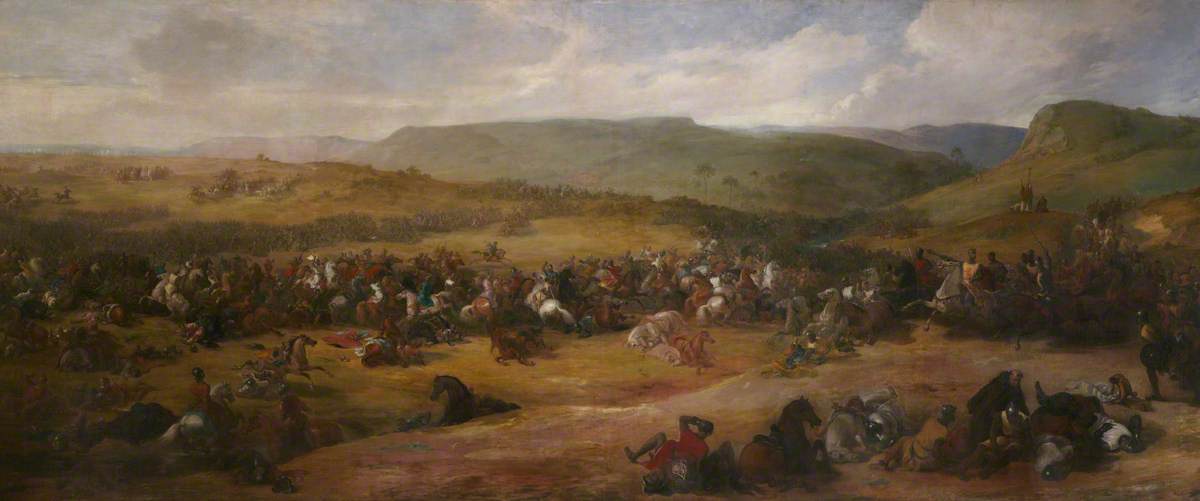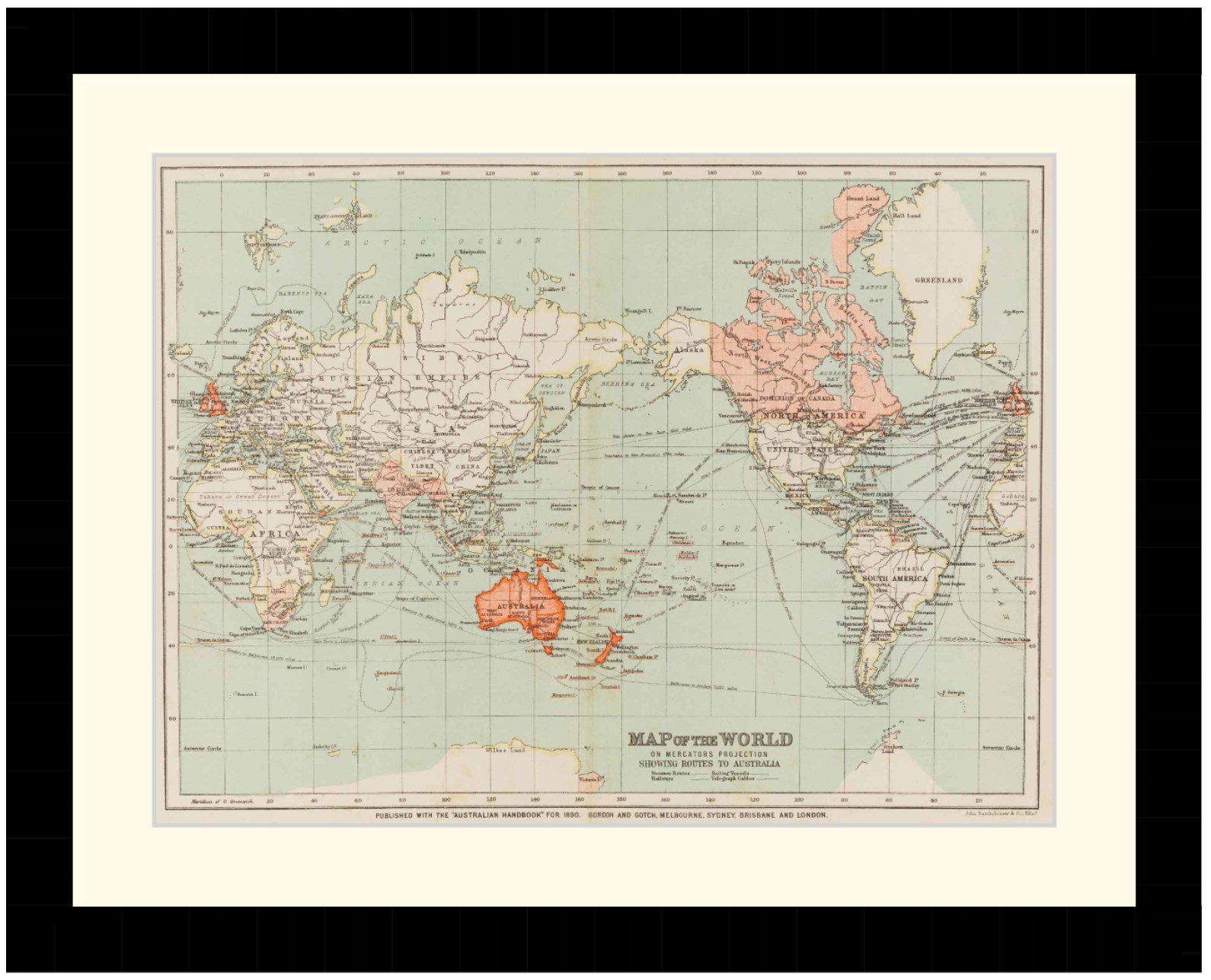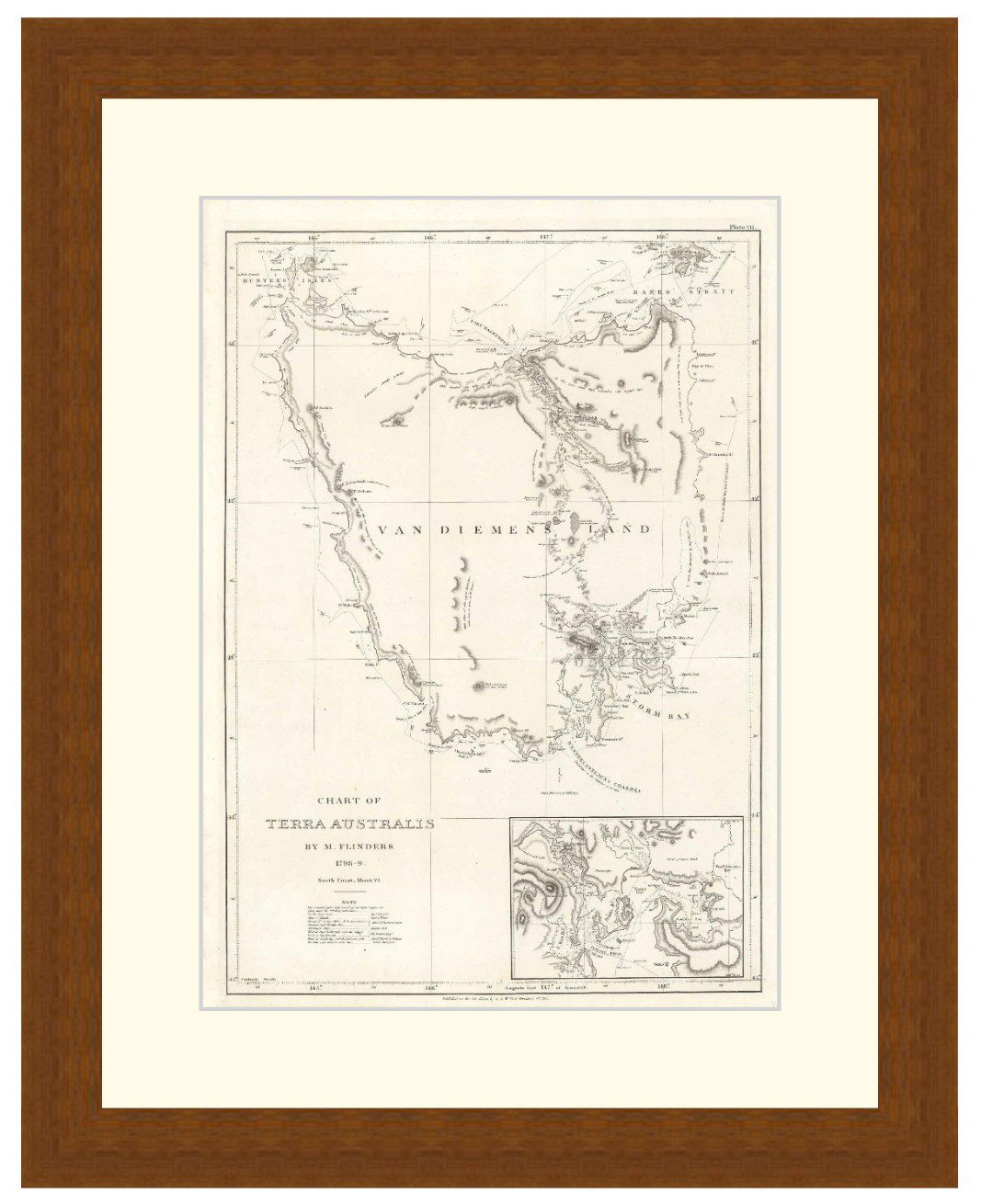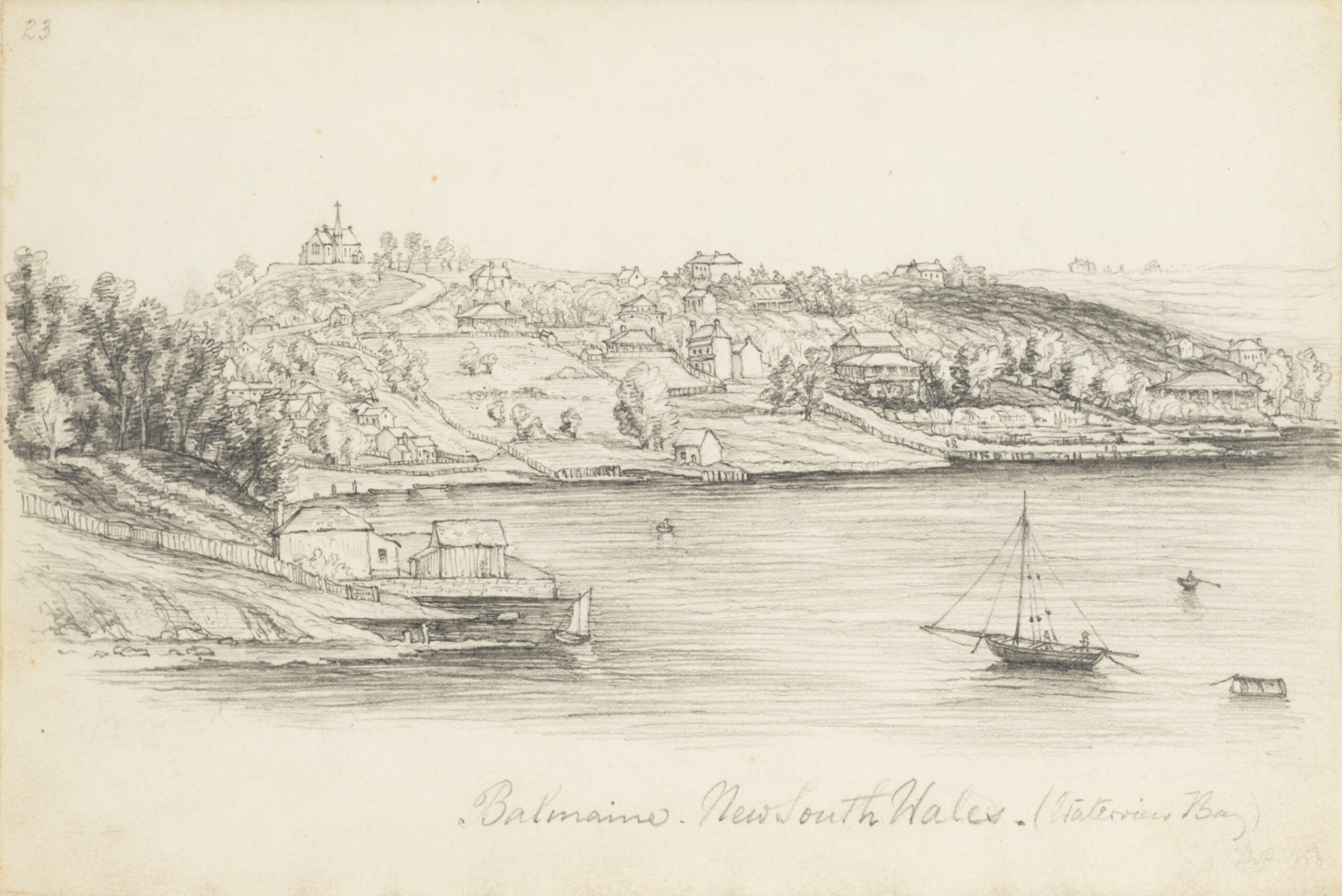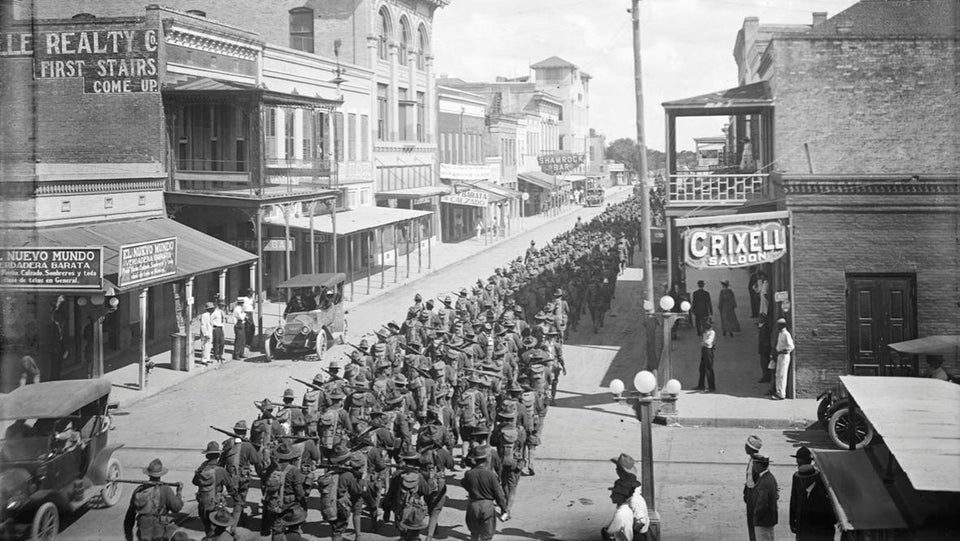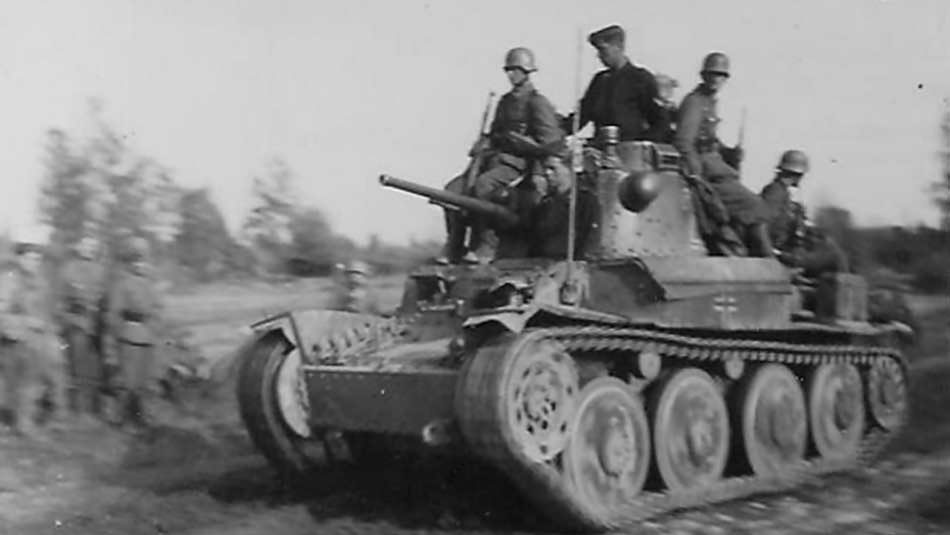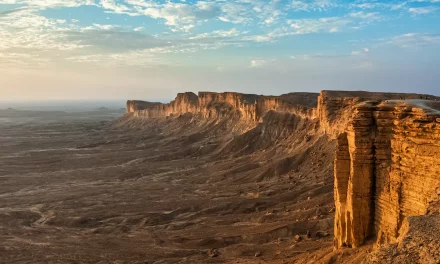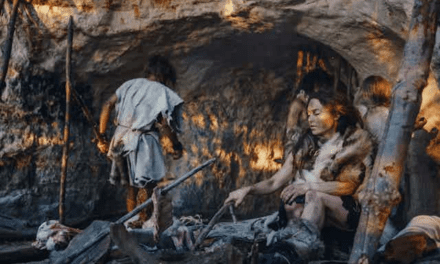History Guild General History Quiz 177
See how your history knowledge stacks up!
Want to know more about any of the questions? Scroll down to learn more!
Have an idea for a question? Suggest it here and we’ll include it in a future quiz!
The stories behind the questions
1. Which two armies clashed at the battle of Bannockburn?
English and Scottish – The pivotal battle of the first Scottish war of Independence, Robert the Bruce soundly defeated Edward II of England in 1314. This allowed Robert the Bruce to consolidate his rule over Scotland, sortie into England and gain English acceptance of Scottish independence, for a time at least.
2. In which conflict did the Coastwatchers play an important role in intelligence gathering?
WW2 – Part of the Naval Intelligence Division of the Royal Australian Navy, the Coastwatchers were stationed on Pacific islands and the coastline of Papua New Guinea to report Japanese ship and aircraft movements. They proved their worth in May 1942 when two coastwatchers spotted and reported a Japanese invasion fleet heading for Port Moresby. This information allowed the Allies to intercept the Japanese at the Battle of the Coral sea, preventing this invasion.
3. Which of these Civil Wars occurred first?
English Civil War – 1642 – 1651
US Civil War – 1861 – 1865
Chinese Civil War – 1927 – 1949
Lebanese Civil War – 1975 – 1990
4. Opened in 1668, which country has the worlds oldest central bank?
Sweden – Sveriges Riksbank is the world’s oldest surviving central bank, and the fourth oldest bank still operating. Sweden was an early adopter of banking innovation, Stockholms Banco, established in 1657, was the first European bank to print banknotes.
5. In 1923 which artist produced Composition 8, shown below?
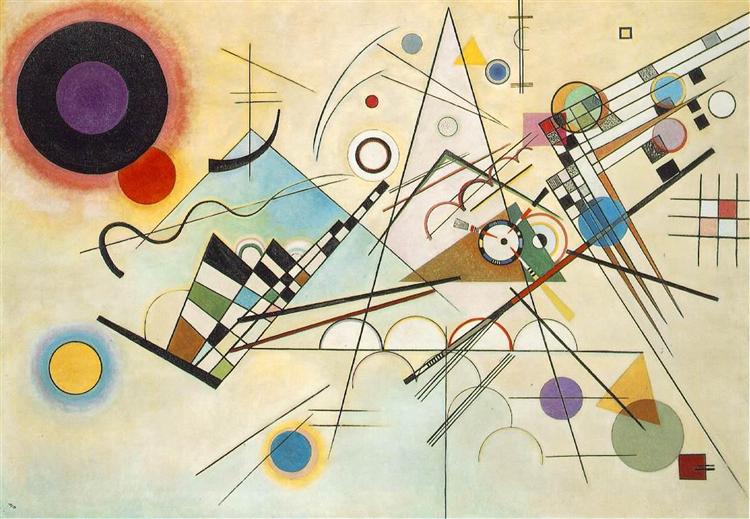
Wassily Kandinsky – One of the pioneers of abstraction in western art. Born in Russia, he worked across Europe, including teaching at the Bauhaus school of art and architecture from 1922 until the Nazis closed it in 1933. Painted in 1923, Kandinsky regarded Composition 8 as the high point of his work in this era. It was purchased directly from the artist by Solomon and Irene Guggenheim in 1929.
6. When did the Maya civilization collapse?
950 CE – A range of factors are thought to have contributed to the decline of the highly urbanised and connected Maya civilisation. These include a prolonged drought leading to famines as well as political instability and extensive warfare.
7. When was the British Royal Marriages Act amended so that only those members of the Royal Family in the direct line of succession need the Monarch’s permission to marry?
2013 – Enacted in 1772, the Royal Marriages Act forbade descendants of George II from marrying without the Monarch’s permission. It was introduced in response to the 1771 scandal when George III’s brother Henry married a commoner with “eye-lashes a yard long”!
8. In 1900 a shipwreck containing dozens of classical era statues and what may be the worlds earliest known computer was discovered. Where was this found?
Antikythera, Greece – Greek Sponge divers found what they initially thought were body parts strewn about the sea floor. The cargo ship been wrecked around 60 BCE and could carry a payload of around 300 tons. It was probably enroute to Italy to sell its load of Greek luxury items to the Roman elites.
9. What was Rome’s first sewer system called?
Cloaca maxima – One of the world’s earliest sewage systems, its construction was started before the Roman Republic was established, during the reign of the King of Rome, Tarquinius Priscus.
Its name has carried on as the Latin name for the orifice through which all amphibians, reptiles, and birds excrete both urine and faeces.
10. Which was the second country to develop nuclear weapons?
USSR – The USSR detonated their first weapon in 1949, with their research being greatly benefited by successful espionage during and after WW2. The UK took longer to build their first nuclear weapon because the USA withdrew their support of the UK program, despite the UK helping the USA develop their own nuclear weapons. The UK tested their first bomb in 1952. France joined the nuclear club in 1960, then China followed in 1964. China is unique in developing the weapon as a deterrent against both the USA and the USSR. India and Pakistan developed weapons in the 1970s and 1980s, as did South Africa. South Africa but then subsequently dismantled their weapons in the 1990s. Israel is believed to have developed weapons, but does not admit to having done so. North Korea claims to have nuclear weapons and might possess them.

